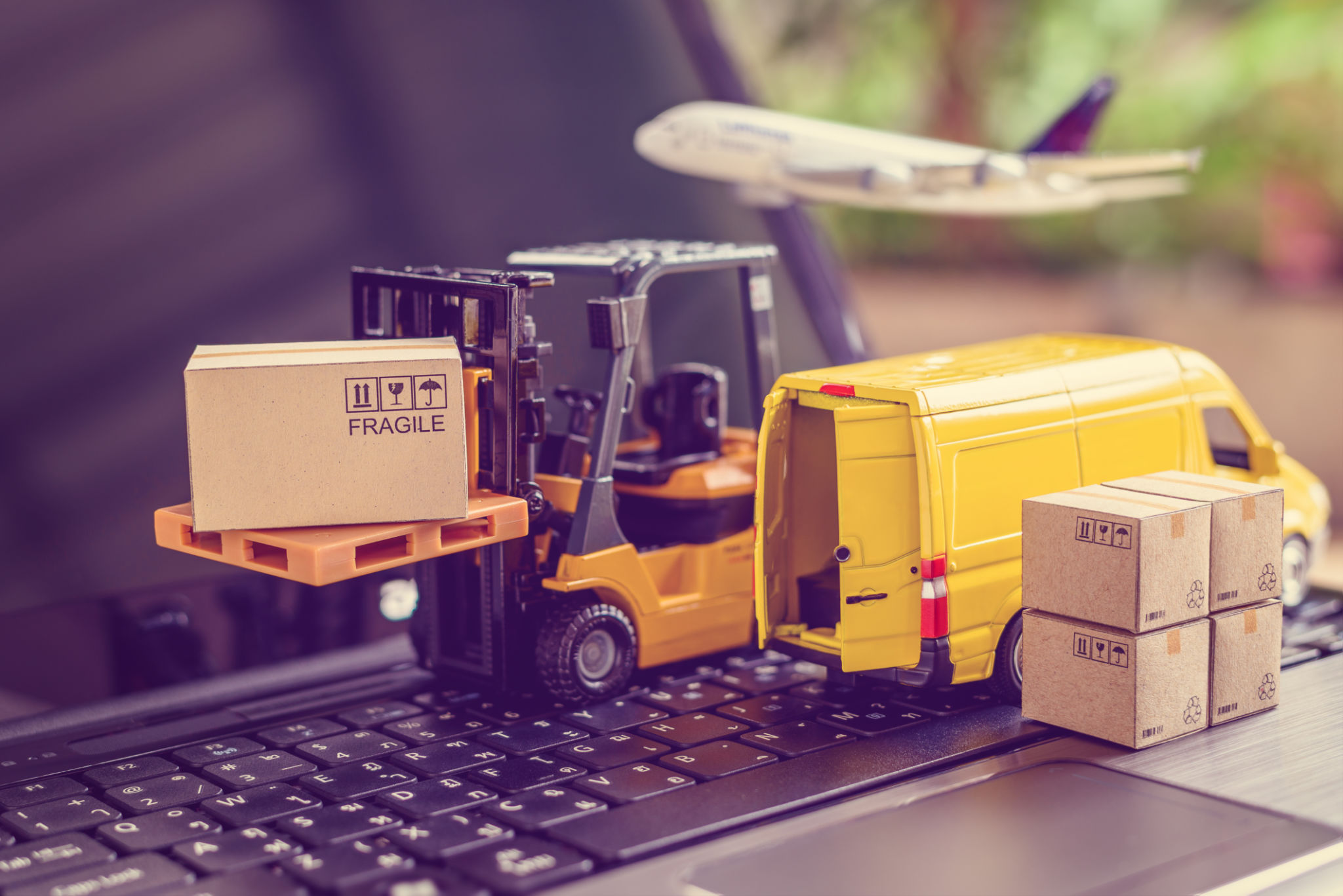Introduction:
Electronics and computer recycling is becoming increasingly important as technology continues to advance and electronic waste grows. However, it is important to work with recyclers that follow best practices to ensure that the recycling process is safe for the environment and workers, and that your personal data is protected. Here are the top 7 best practices to follow when working with computer and electronics recyclers:
- Look for certifications: When selecting a recycler, look for certifications such as R2, e-Stewards, or ISO 14001, which indicate that the recycler adheres to strict environmental, health, and safety standards. These certifications also ensure that the recycler is properly handling and disposing of electronic waste.
- Data destruction: Before recycling your electronic devices, ensure that all personal data is securely erased from the devices. Many recyclers offer data destruction services, such as degaussing or physical destruction of the hard drive, to ensure that your personal information is not compromised.
- Proper handling of hazardous materials: Electronic devices contain hazardous materials, such as lead, mercury, and cadmium, which can be harmful to the environment and human health if not handled properly. Choose a recycler that properly handles and disposes of these materials in accordance with federal and state regulations.
- Use a recycler that refurbishes and resells: When possible, choose a recycler that refurbishes and resells working electronics, instead of just breaking them down for parts. This helps to conserve resources and reduces the amount of electronic waste going to landfills.
- Transparency and accountability: Choose a recycler that is transparent about their processes and can provide detailed reports on how your electronic waste is being handled and disposed of. This will ensure that you can hold the recycler accountable for their actions.
- Location: Choose a recycler that is located close to you to minimize the environmental impact of transportation. This will also make it easier for you to visit the facility and see the recycling process for yourself.
- Community involvement: Look for a recycler that is actively involved in the community. This can include programs such as e-waste collection events, educational programs, and partnerships with local organizations to promote recycling and sustainability.
Conclusion: Computer and electronics recycling is becoming increasingly important as electronic waste continues to grow. By following these best practices when working with recyclers, you can ensure that your electronic devices are being recycled in an environmentally-friendly and safe manner, and that your personal data is protected. When you choose a recycler that is certified, follows best practices for data destruction, safely handles hazardous materials, refurbishes and resells working electronics, is transparent and accountable, located nearby and involved in the community, you are contributing to the reduction of electronic waste and creating a more sustainable future.


